Surviving in the fitness industry is tough. Now, granted, this isn’t The Revenant…we don’t need to worry about wrestling grizzly bears or anything. But it is pretty cut-throat out there and the one’s who “survive,” and do well, are the ones who can separate themselves from the masses.
Today’s guest post by strength coach Travis Hansen showcases some ways you can do just that.

Fitness Industry Survival Tips
Trying to be successful in the fitness industry is a lot harder than most people tend to think.
The temptation for instant gratification and fly by night credibility is a very strong one, and provides with it a common misconception that you won’t have to grind on a regular basis, learn, and actually train people, not to mention generate legitimate results to remain alive in the business.
I’ve heard from a few credible sources that far less than 10 percent of individuals who start in the fitness business remain alive after a decade, and based on my experience that definitely seems to be pretty true.1
In this article I am going to share with you some arguable principles that I’ve utilized over the course of the past 12 years to stay alive and grow both my online and personal/athletic training business. I am by no means the most successful individual and I’m sure that many others could add to the list, but I honestly think the issues I am going to share with you are essential to your survival if you love this business and ultimately want to help people. I think everything stems off of the two factors I just mentioned and they serve as the groundwork for everything else to help lead you on your way.
So here we go….
#1- What Room Are You In?
Something that is very common I noticed from other trainers or even just the general public, is that there seems to be a constant battle in determining who knows more than the other person, or someone immediately jumps out and gets defensive if their current thought process is challenged by someone who may in fact be right.
I would be willing to wager a bet that our industry is far more guilty of this problem compared to any other profession with all of the hyped up trends that are out there still, hands down!!!
If you watch closely you will notice that the best in the business often times have their note pads out, eyes locked in on the person they are interacting with, ears open wide when they are trying to learn anything they can take away from the present conversation, and more times than not, don’t engage in these petty intellectual ego driven arguments that accomplish zero in the long run, unless the individual is just that damn stupid and asking for it.
As Mike Boyle once said:
“ There is a reason we have two ears and one mouth.”
The harsh truth is that you should probably spend the first 10 years of your career searching out the people who make you uncomfortable and dumb for the moment and eventually it will all start to make sense, and I guarantee you will be surprised just how much better you get.
The last thing I want to discuss in this regard is that something world renown coach and gym owner Zach-Even Esh once said that really resonated, and that is that people are often times uncomfortable and unsupportive of successful people as it makes them introspect and assess where they are at relative to their goals.
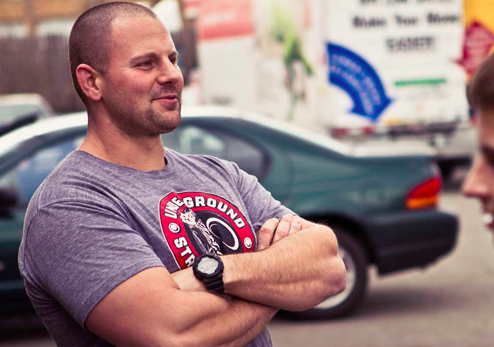
I honestly feel if that you start admiring successful people and try to emulate and even beat them then good things start to happen.
Don’t hate congratulate!
#2- Sacrifice
What a lot of surviving comes down to is how much you’re willing to do and sacrifice in order to achieve your goals.
Once you have mentally committed to doing whatever the hell it takes in order to achieve your goals without being illegal or walking over someone in the process then eventually you can start to grow.
I remember when I first got into this business I would buy and immerse myself into any fitness related material I could get my hands on to help build a solid learning filter. I was working 6-7 days per week for 8-12 hours per day. I would contact and pester any expert that would respond back to me with questions I had.
Luckily I stumbled across some great people that I still consult with today. You need very strong mentors and a network to better yourself and help your people.
#3-ASK FOR HELP
Never be afraid to ask for help or admit to your clients that you do not know something.
This only improves your credibility and earns more trust from your people in the long run.
Conan O’Brian once said in his late night talk show that saying you don’t know is often a sign of intelligence.
If you elect to retain your massive ego and state of ignorance, then you are only setting your education and growth back, and eventually your people are going to catch onto your bullshit and you will join the massive crowd of fly by night trainers that exist in our society today.
And remember you are only as strong as your network or alliance.
#4- Re-Invest
If you pay attention on social media, many times the high level practitioners and coaches in the field will send you subtle hints on how to be successful by showing you pictures of their personal training library and such.
There is also generally a very robust “Resource” section on every one of their websites where they show you where they learned from and how to improve your potential knowledge gaps.2
Your success will be ultimately determined by how smart you are, how hard you work, and how much you invest in your education and business. I never personally took out a business loan, but every paycheck and sometimes my whole paycheck was dedicated to learning material or small equipment purchases that accumulated into a bigger and bigger training setting or environment.
And then eventually once people see that you know what you are doing, you’re legitimate, and you get results, then they will more than likely invest in you and the ball just keeps growing bigger and bigger!
About the Author
Travis Hansen has been involved in the field of Human Performance Enhancement for nearly a decade. He graduated with a Bachelor’s degree in Fitness and Wellness, and holds 3 different training certifications from the ISSA, NASM, and NCSF.
He was the Head Strength and Conditioning Coach for the Reno Bighorns of the NBADL for their 2010 season, and he is currently the Director of The Reno Speed School inside the South Reno Athletic Club.
He has worked with hundreds of athletes from almost all sports, ranging from the youth to professional ranks. He is the author of the hot selling “Speed Encyclopedia,” and he is also the leading authority on speed development for the International Sports Sciences Association.


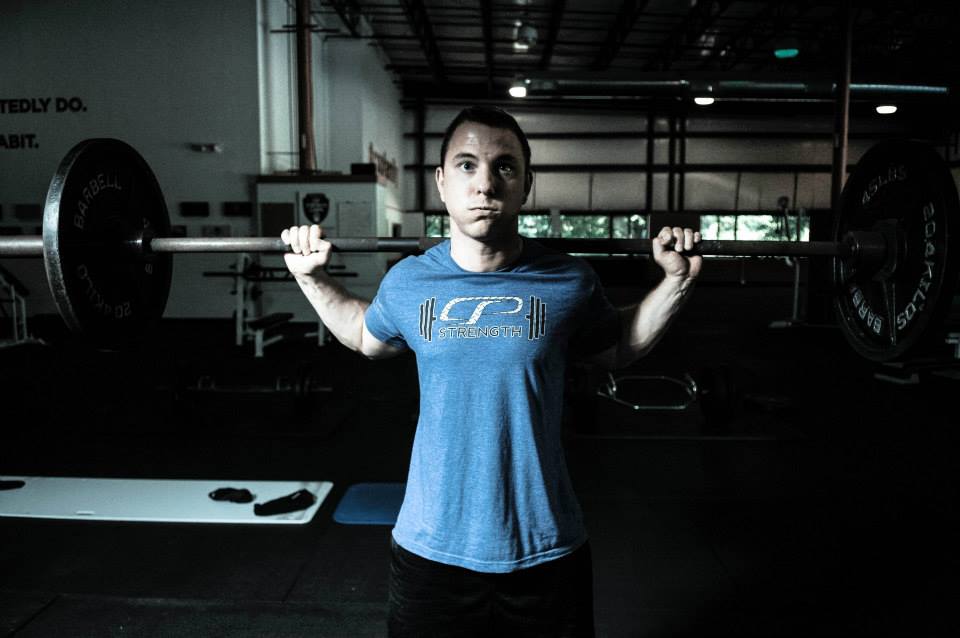
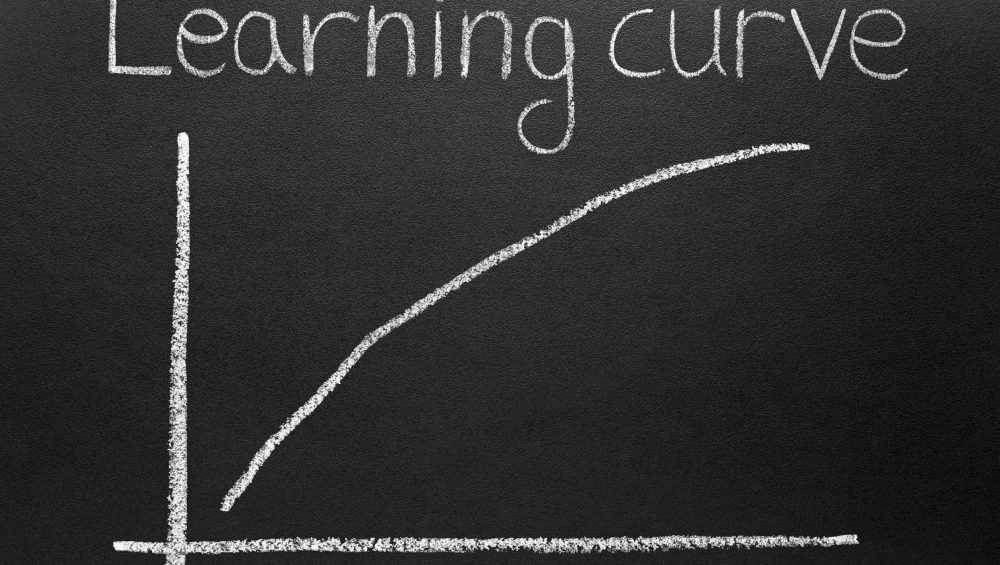
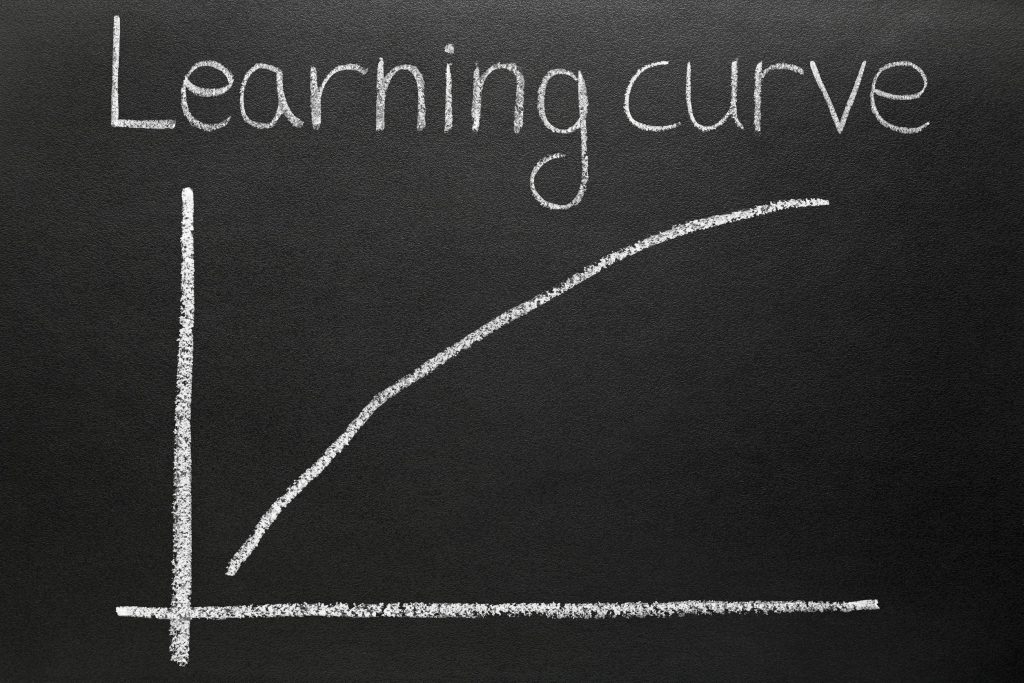
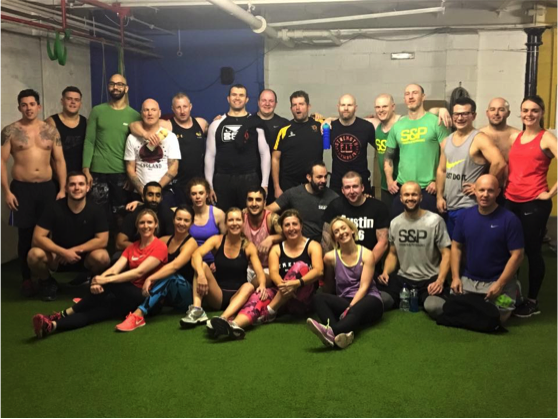

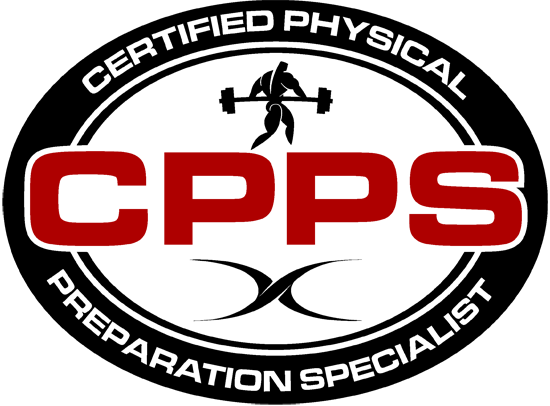
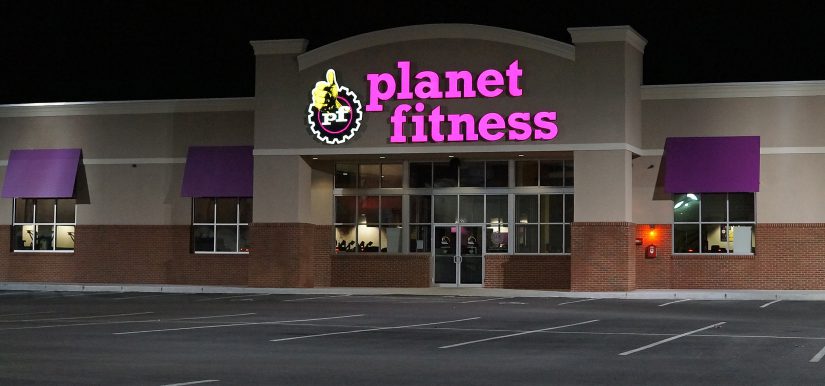




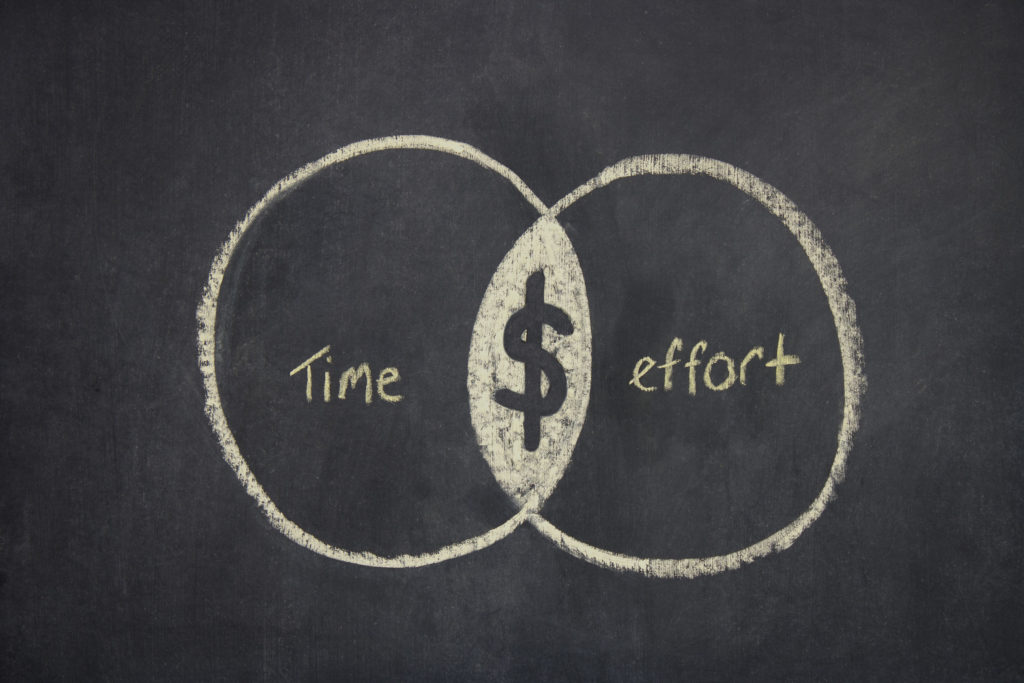


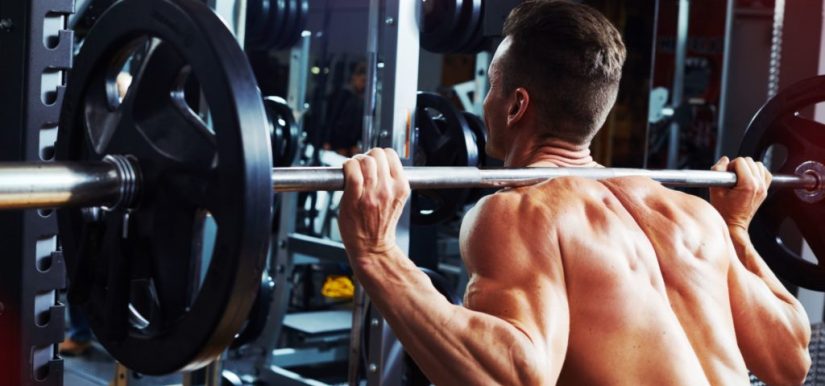

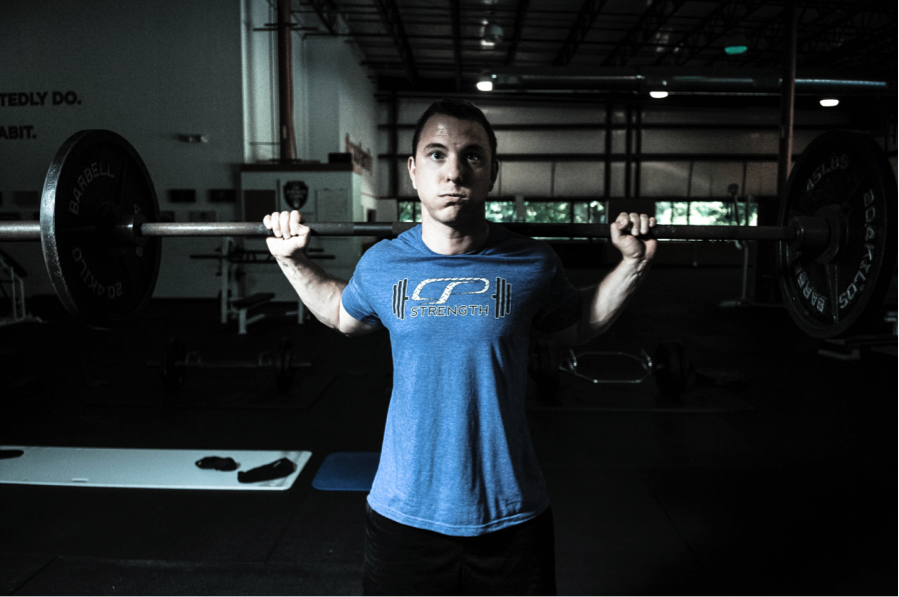

 George began his time at Cressey Sports Performance as an intern in the fall of 2013, and returned in 2014 as CSP’s Group Fitness Coordinator, overseeing all Strength Camp coaching and programming responsibilities.
George began his time at Cressey Sports Performance as an intern in the fall of 2013, and returned in 2014 as CSP’s Group Fitness Coordinator, overseeing all Strength Camp coaching and programming responsibilities.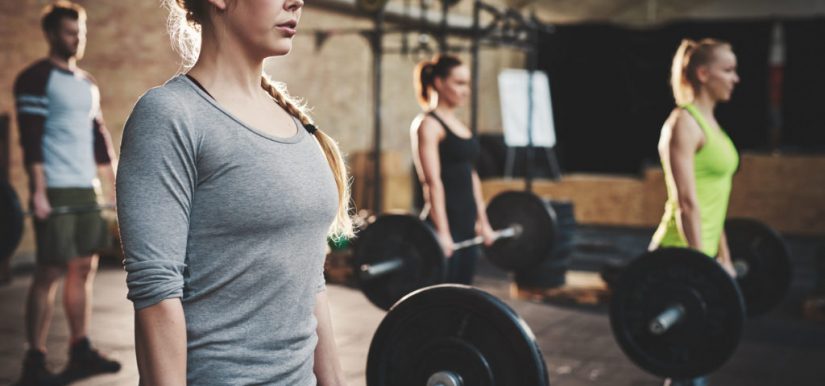


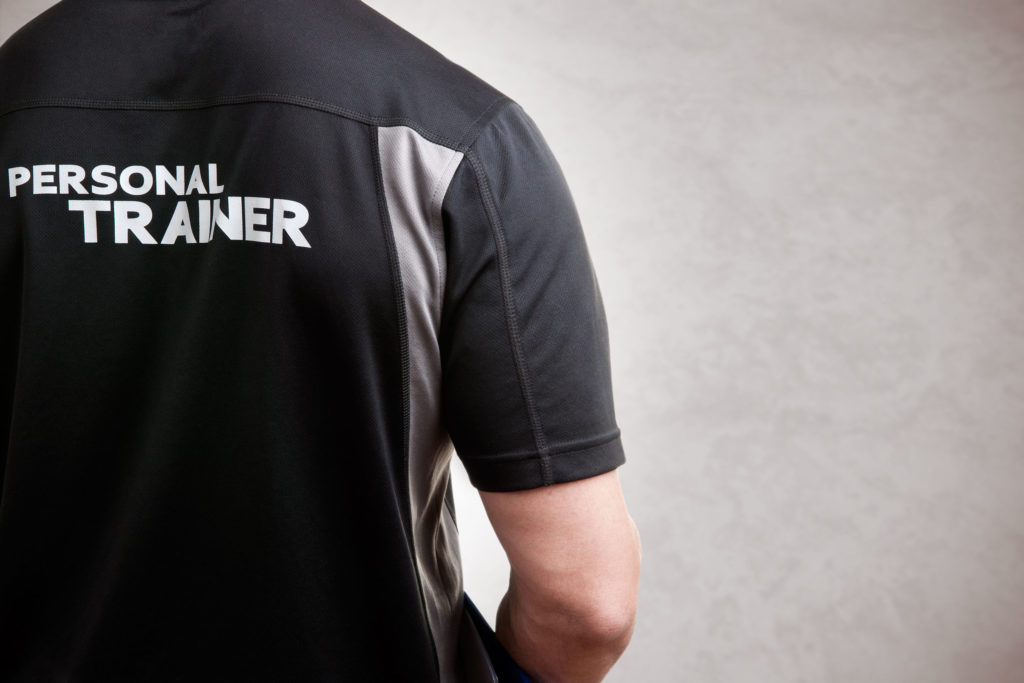
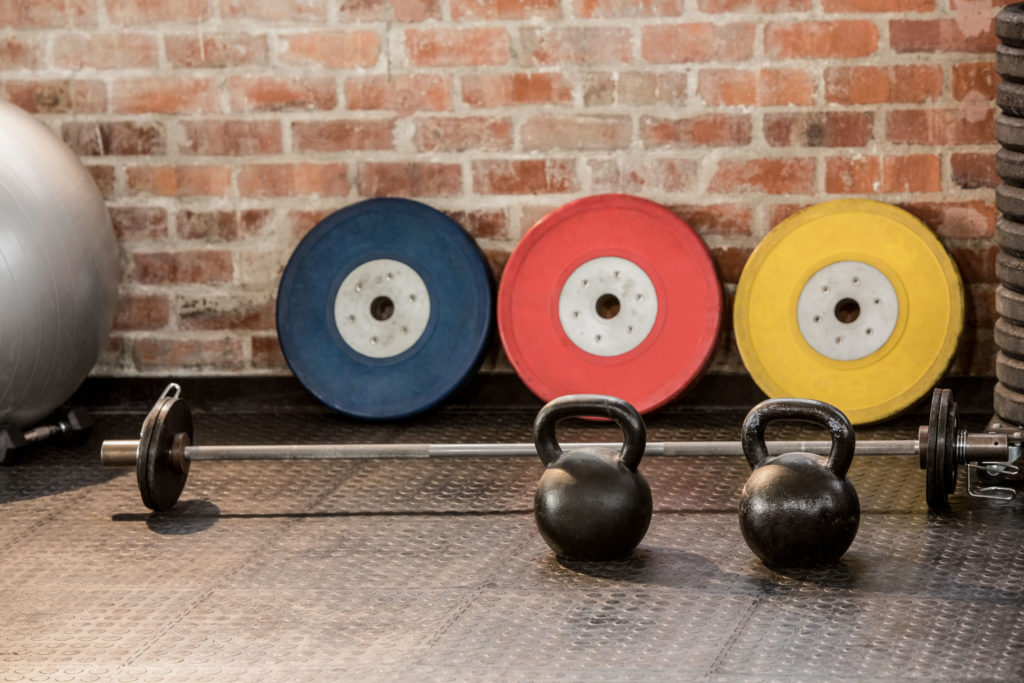
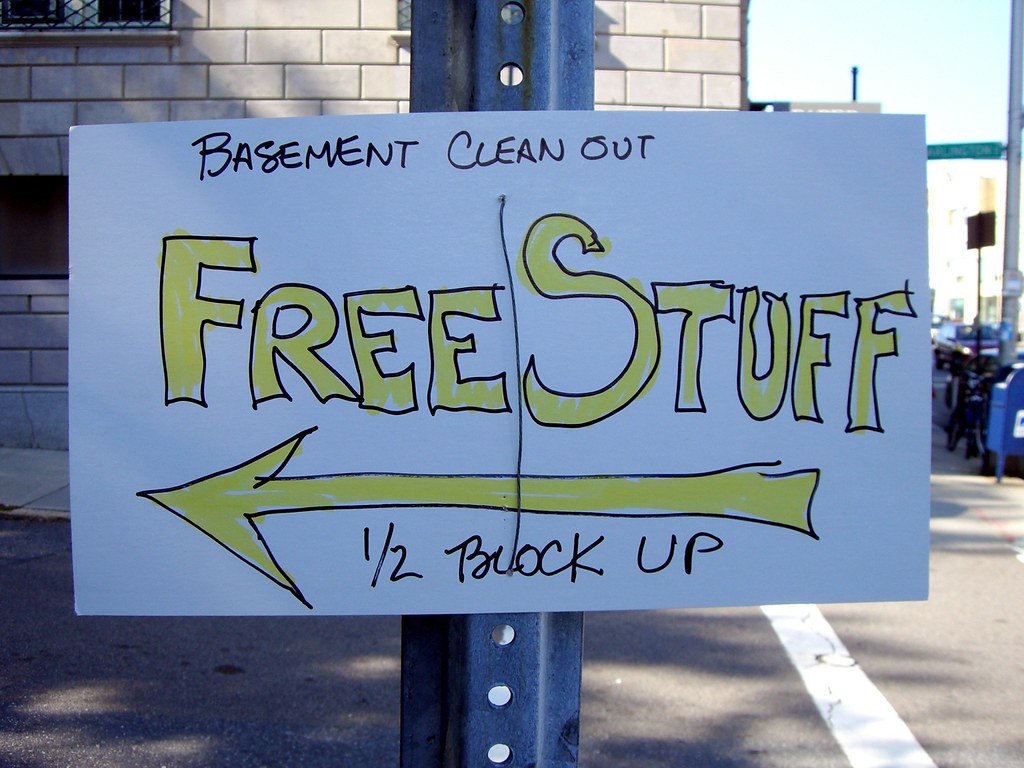
_title_logo.jpg)
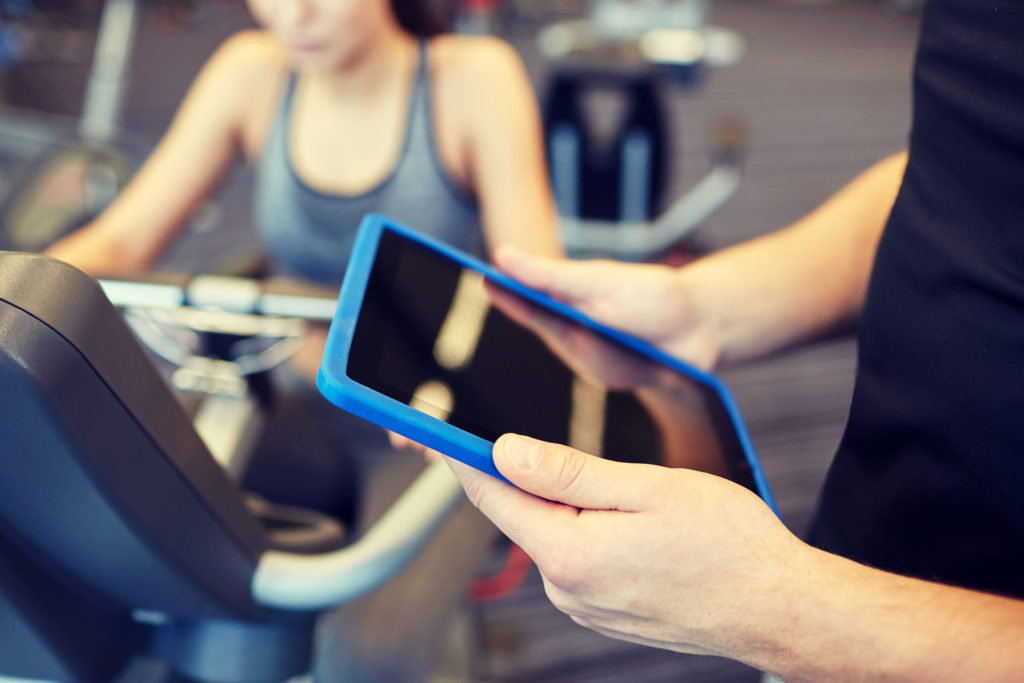
 wrong. I don’t condone being one of those trainers who is all about doing an exercise only because it looks cool and fun. The better you know your anatomy, physiology, biomechanics, and pain science, the more potential you’ll have to be a great coach.
wrong. I don’t condone being one of those trainers who is all about doing an exercise only because it looks cool and fun. The better you know your anatomy, physiology, biomechanics, and pain science, the more potential you’ll have to be a great coach.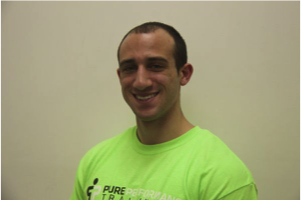


 just counting reps and throwing some exercises together and calling it a program. It’s training people with an intent to make an impact on their lives.
just counting reps and throwing some exercises together and calling it a program. It’s training people with an intent to make an impact on their lives. Good coaching looks a bit like good parenting. It’s a combination of everything from teaching and motivation to providing boundaries and developing habits…all with a focus on helping the client become a better version of themselves and ultimately achieve their potential. So, coaching is no one thing…it’s a combination of many things.
Good coaching looks a bit like good parenting. It’s a combination of everything from teaching and motivation to providing boundaries and developing habits…all with a focus on helping the client become a better version of themselves and ultimately achieve their potential. So, coaching is no one thing…it’s a combination of many things. nutritional counselling are just a small part of a successful coach-client relationship – “Good Coaching” also considers client education, appreciates the value of effective communication and looks to empower the client in as many ways as possible.
nutritional counselling are just a small part of a successful coach-client relationship – “Good Coaching” also considers client education, appreciates the value of effective communication and looks to empower the client in as many ways as possible. Coaching is about communication of your knowledge of the X’s and O’s of training and programming. So, “good coaching” looks like a good relationship between the trainer and the people they’re currently working with.
Coaching is about communication of your knowledge of the X’s and O’s of training and programming. So, “good coaching” looks like a good relationship between the trainer and the people they’re currently working with.
